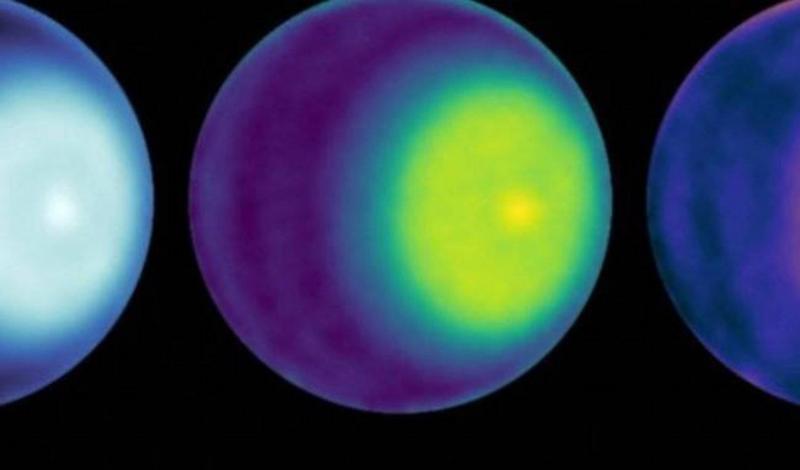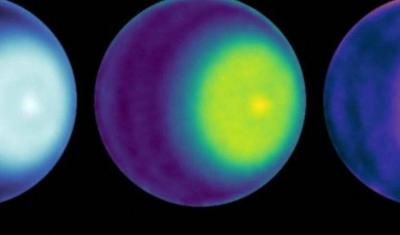Neptune is famously known for its dark blue color, while Uranus is recognized for its green hue. However, a new study has revealed that the two icy giants are much closer in color than previously thought. The accurate shades of the planets were confirmed through research conducted by Professor Patrick Irwin from the University of Oxford, published in the Monthly Notices of the Royal Astronomical Society.
New images have shown what Neptune and Uranus really look like, disputing the common belief that Neptune is a dark blue. Instead, it indicates that both planets have similar colors, with Neptune being slightly bluer than Uranus. Scientists have long known that the colors of the icy giants (Neptune and Uranus) are due to high levels of methane gas in their atmospheres, which absorbs green and red light.
Previous research conducted by Irwin and his colleagues suggested that Neptune was slightly bluer among the planets because one layer of haze in its atmosphere was more transparent.
Additionally, an animation of seasonal color changes on Uranus during two Uranus years (one year on Uranus equals 84.02 Earth years) is also available, showcasing the dynamic aspects of these distant worlds.




